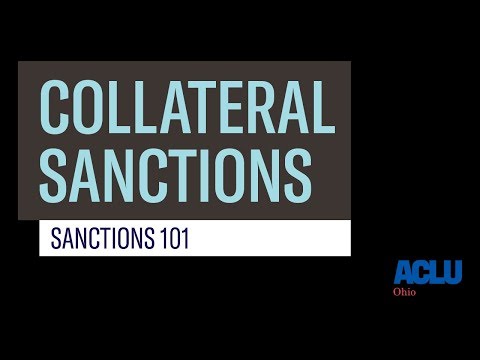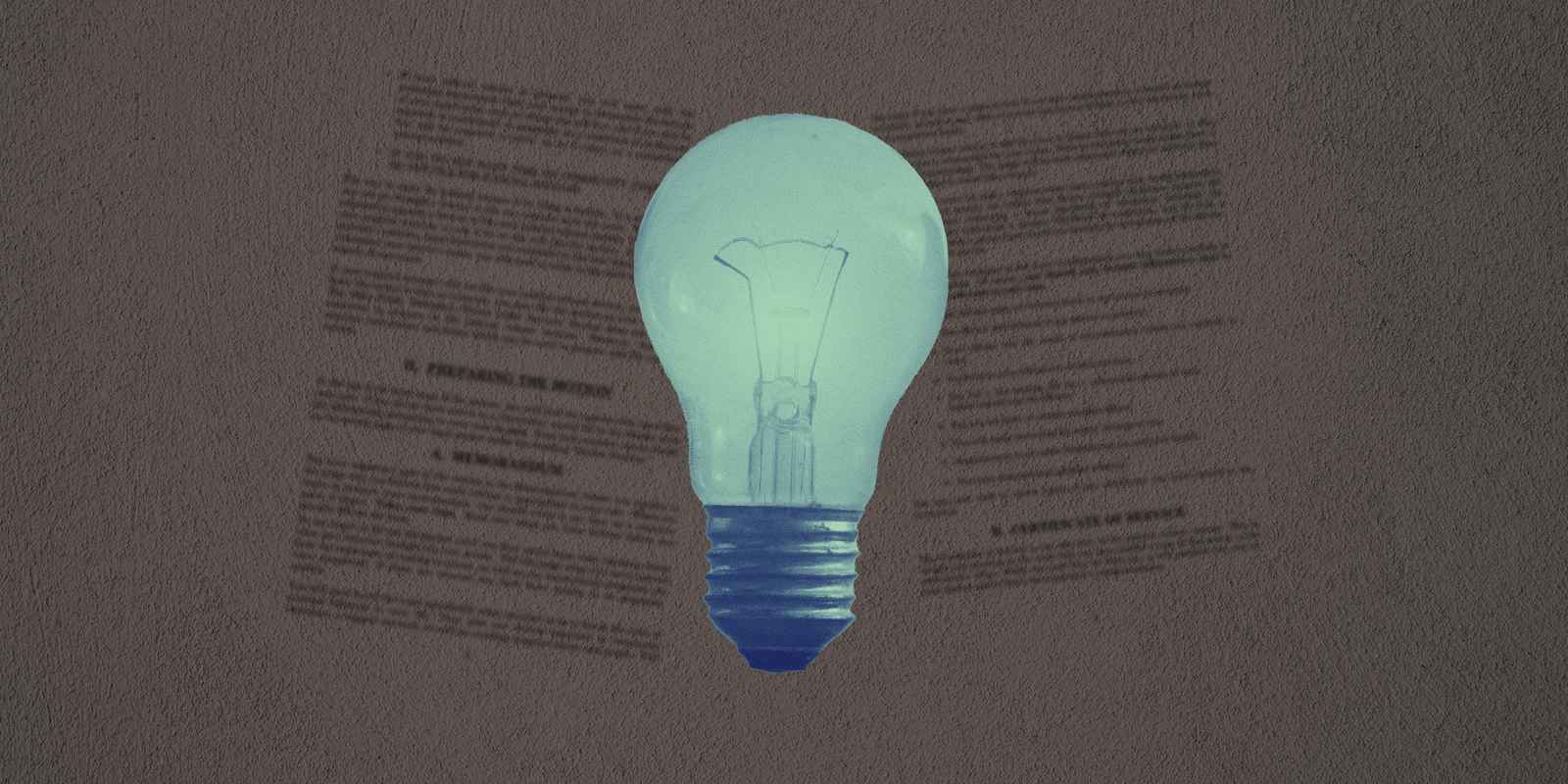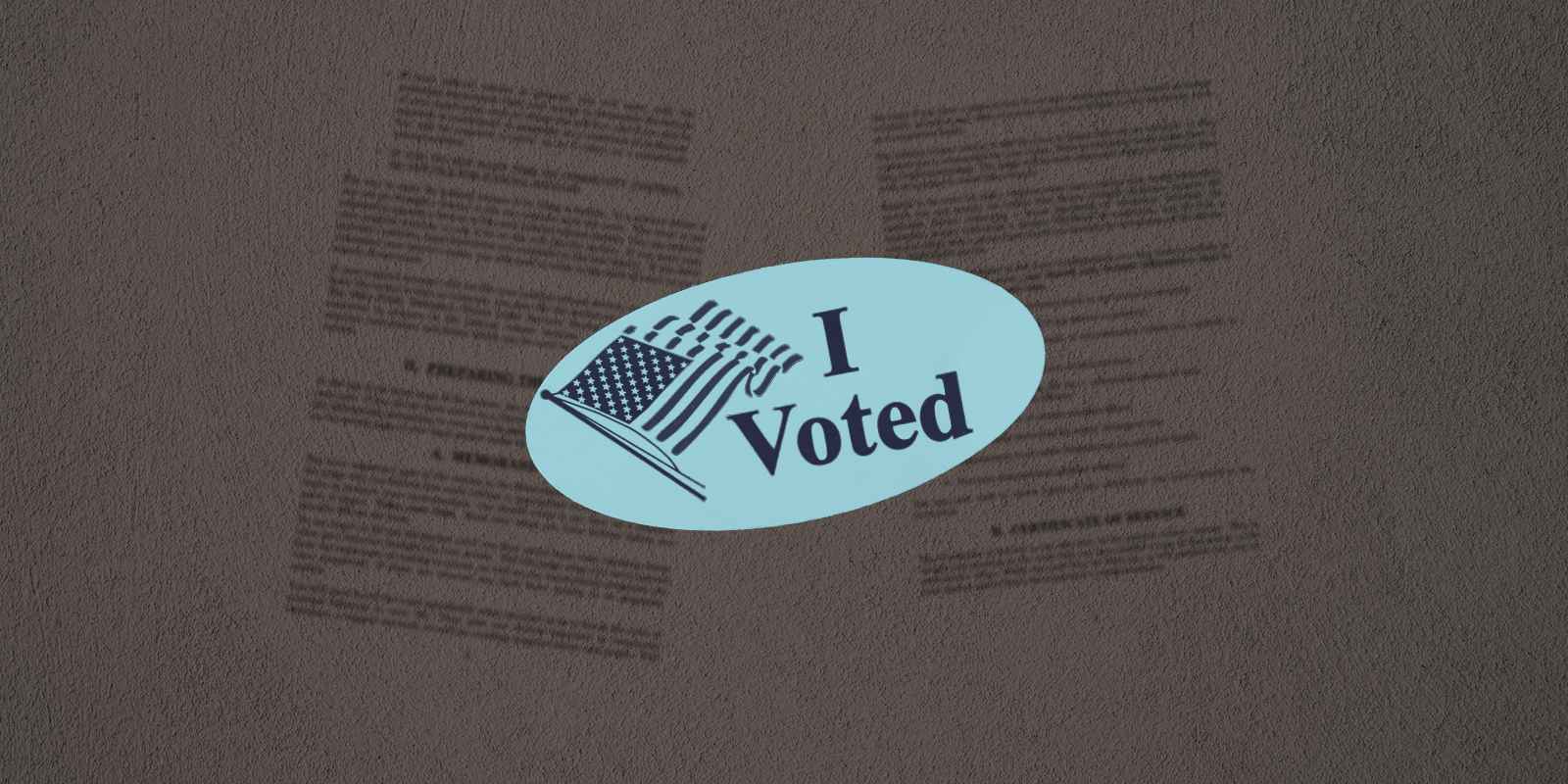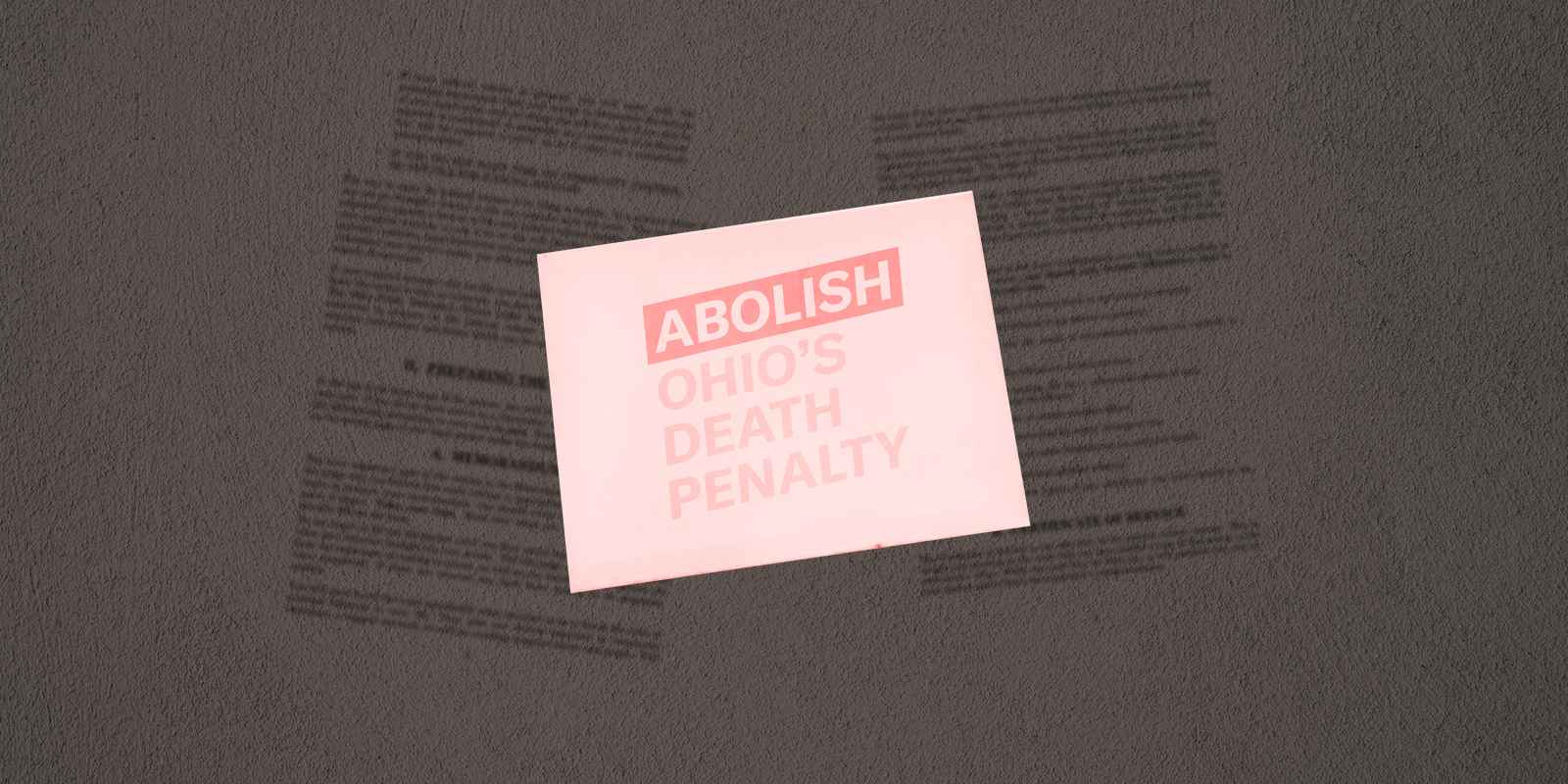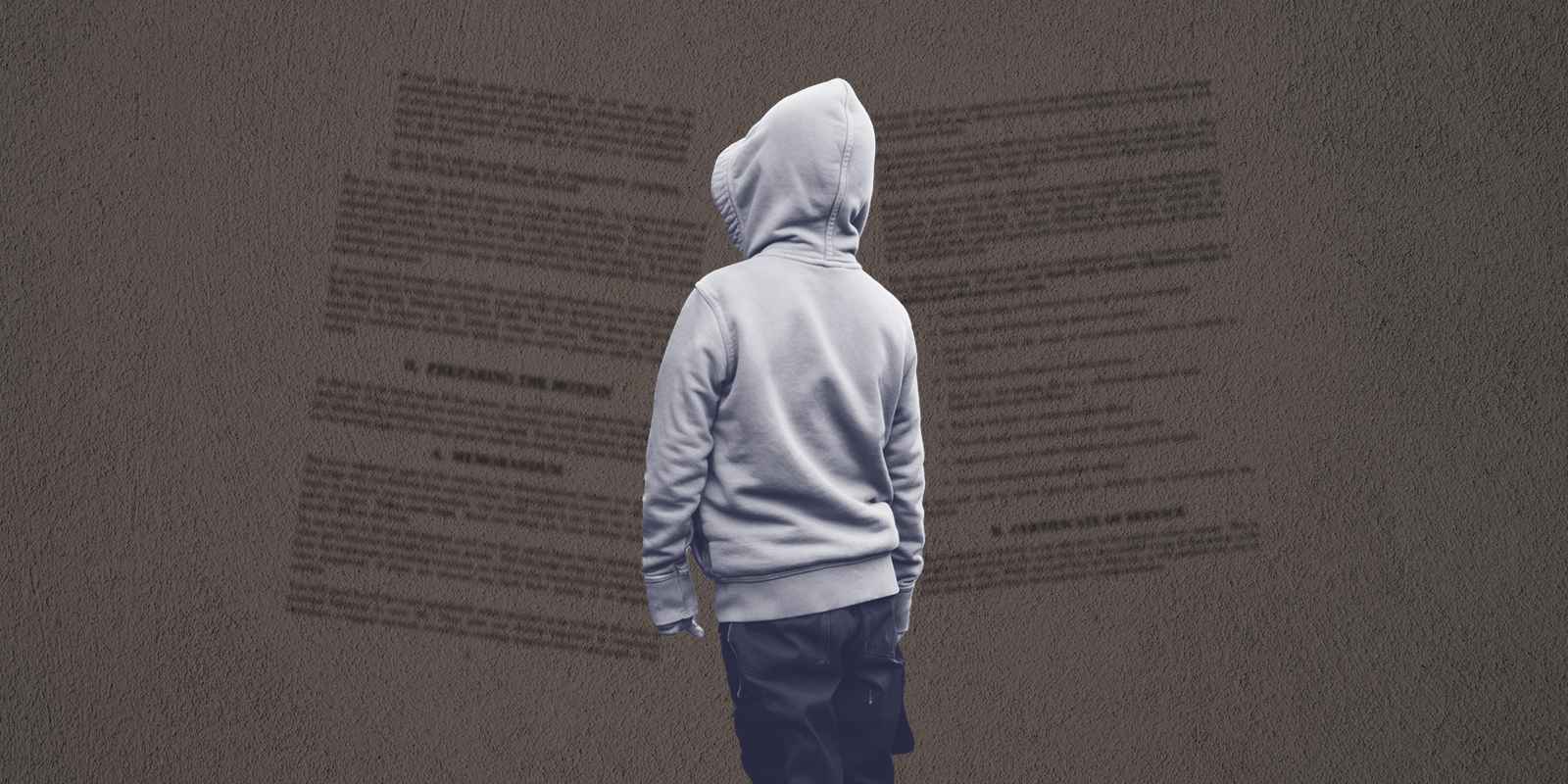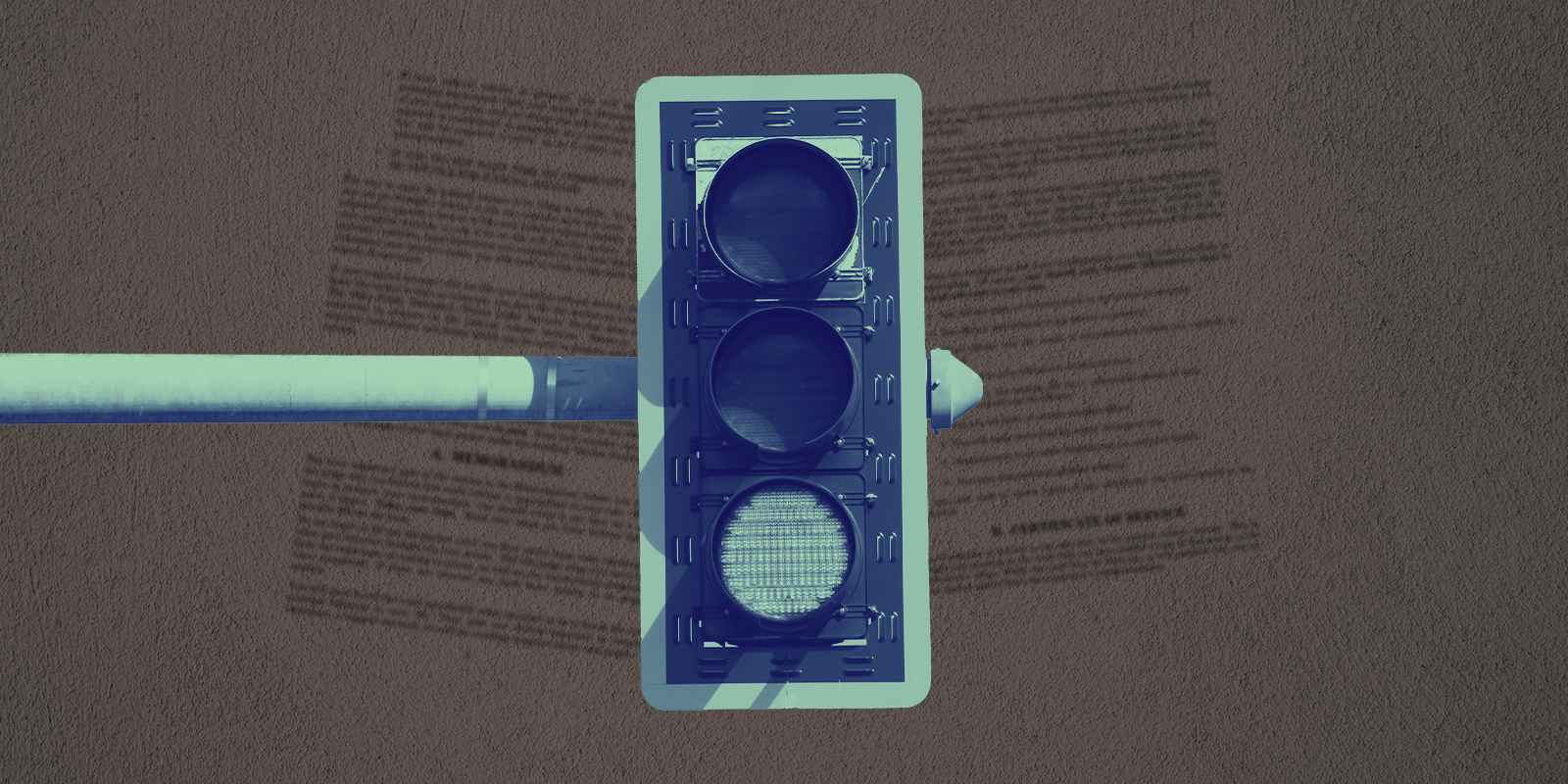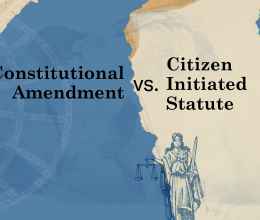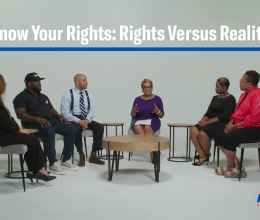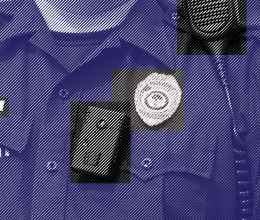
The ACLU of Ohio is committed to advancing community reentry by working to eliminate barriers – legal or otherwise – that serve no purpose toward public good.
One-in-six Ohioans have a criminal conviction. An even higher number have some sort of contact with the criminal legal system. After completing their sentence, individuals face tremendous difficulty finding employment, housing, and other vital resources needed to live a productive and stable life.
In some cases, the barriers are legally imposed by a court of law or government agency. These legal barriers are known as collateral sanctions. Often times, additional barriers result from screening mechanisms, such as background checks, that disqualify people from housing, jobs, and other services. Whether imposed by law or by institutional practice these barriers increase recidivism rates and create systems of poverty and incarceration that weaken our communities and harm public safety.
What are Collateral Sanctions?
Collateral sanctions are penalties that go beyond a sentence or conviction. They go beyond prison time, probation or parole, court fines, fees, restitution, and other community control sanctions that result from the actual criminal sentence. In essence, they are penalties people face after already being penalized.
As of 2018, Ohio has more than 850 collateral sanctions ranging from driver's license suspension to bars to certain employment and professional licensure. These sanctions create lasting and damaging limitations on convicted persons and many bear no rational relationship to the offense. Instead some may even be counter-productive such as the suspension of a driver’s license for failure to pay child support. Importantly, the far-reaching effects of these barriers impact not only the individual with the conviction, but also their families, communities, and society at-large.
